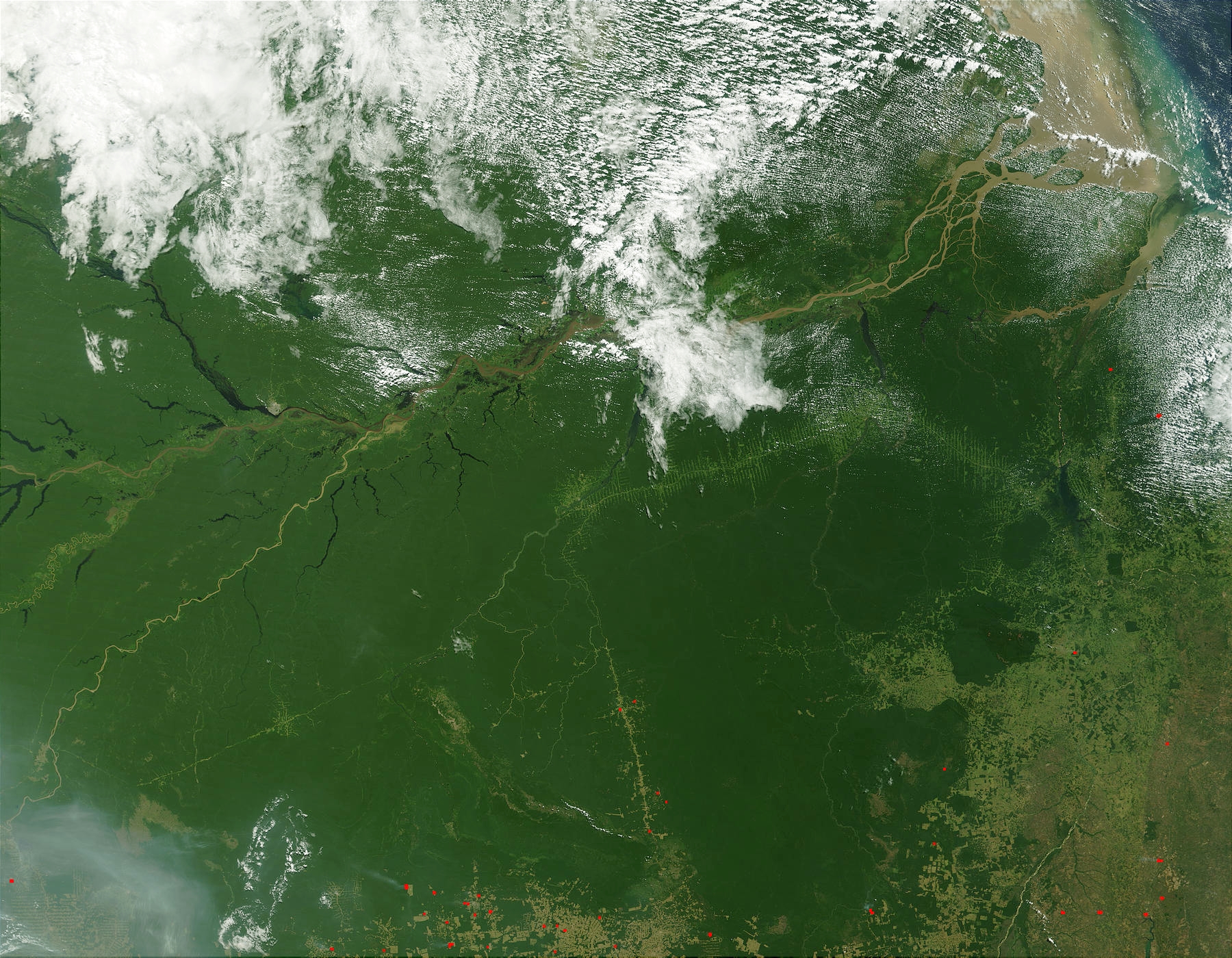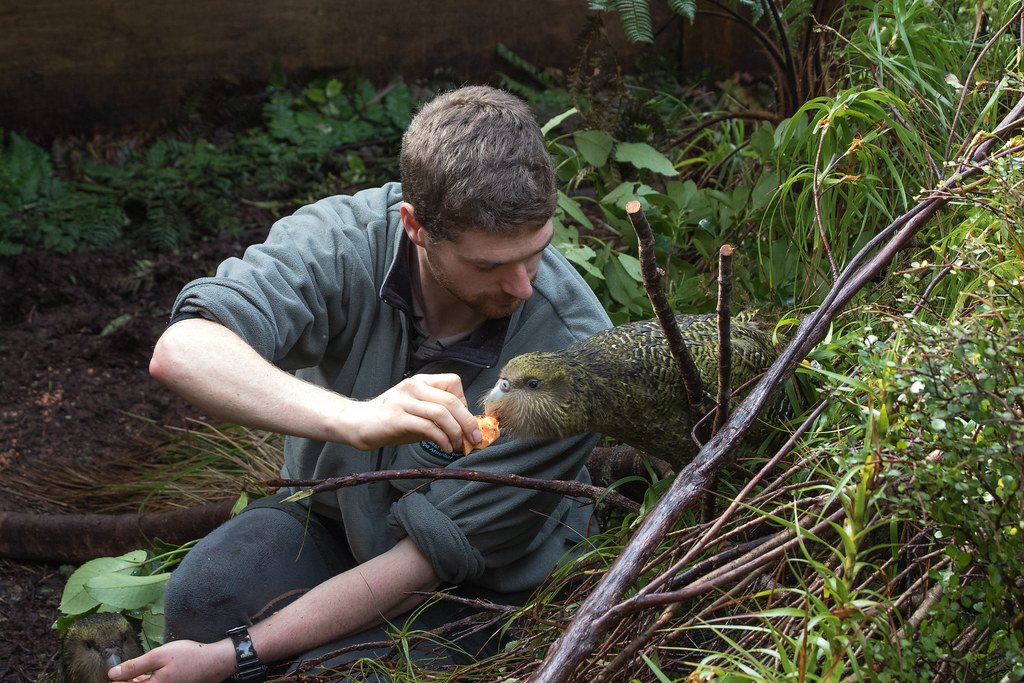Imagine standing in the heart of the Amazon, where the air is thick with life and the noise of insects and birds is almost deafening. Now, picture the sudden hush as a new road slices through the green, its concrete spine splitting centuries-old trees and scattering wildlife. This is not just a change—it’s a seismic shockwave that ripples through one of the planet’s most vital ecosystems. Roads, often symbols of progress and connection, are quietly but relentlessly advancing deeper into the Amazon, leaving a trail of disruption that most people never see. The consequences of this expansion are far more profound than potholes and dust; they reshape the very fabric of life, threatening species, communities, and the delicate balance that keeps the lungs of our planet breathing.
The Amazon’s Pulse: A Web of Life Under Threat

The Amazon rainforest is often called the “lungs of the Earth,” home to one in every ten known species. Its biodiversity is staggering, from jaguars prowling the shadows to poison dart frogs smaller than a thumbprint. But roads act like open wounds, breaking up this dense tapestry and making it harder for animals to roam, hunt, and find mates. Fragmented habitats mean isolated populations, leading to inbreeding, disease, and sometimes extinction. The loss is not just of species, but of stories, relationships, and ancient rhythms that have played out for millennia.
The Hidden Footprint of Infrastructure

It’s easy to picture a road as a simple line on a map, but its impact stretches far beyond the tarmac. Construction means clearing vast swathes of forest, draining wetlands, and altering rivers. Heavy machinery compacts soil, making it harder for plants to regrow. The noise and pollution drive sensitive species away, while opportunistic ones—like rats and snakes—move in. Even after the bulldozers leave, the scars remain, changing how light, water, and nutrients flow through the land.
Fragmentation: Breaking the Amazon’s Continuity

The Amazon thrives on connectivity. Trees spread seeds over vast distances, monkeys swing from branch to branch, and rivers carry nutrients downstream. But roads slice the forest into isolated patches, like islands in a sea of concrete. This fragmentation is disastrous for larger animals that need space to survive, such as tapirs, pumas, and harpy eagles. Smaller patches can’t support big populations, making them more vulnerable to fire, storms, and human encroachment.
Opening the Door to Deforestation

Perhaps the most insidious effect of new roads is the way they invite further destruction. Once a road is built, it becomes a gateway for loggers, miners, and settlers. Illegal activities flourish, hidden from watchful eyes. Satellite images reveal that deforestation rates skyrocket within a few kilometers of new roads. What starts as a narrow trail often balloons into a wide scar, with clearings spreading like ripples in a pond.
Wildlife on the Run: Vanishing Animals and Plants

For many species, roads are deadly barriers. Jaguars, for example, avoid roads entirely, shrinking their already limited territory. Monkeys and birds risk being hit by vehicles as they cross in search of food. Plants fare no better—delicate orchids and rare trees may never recover if their pollinators or seed dispersers vanish. Some species are so specialized that a single road can spell their doom.
Invasive Species: Unwelcome Guests Hitching a Ride
Roads don’t just fragment habitats—they also act as highways for invasive species. Seeds and insects hitch rides on vehicles, while people unknowingly introduce new plants and animals. These invaders can outcompete native species, spread diseases, and alter the ecosystem’s delicate balance. The Amazon’s unique biodiversity is especially vulnerable, as many species have never faced such competition before.
Climate Change: Roads as Catalysts

Every tree felled for a road releases carbon dioxide, contributing to global warming. But the effects go deeper. Roads speed up forest loss, which in turn reduces the Amazon’s ability to absorb carbon. As roads creep deeper, they dry out the forest edges, making them more flammable and prone to devastating fires. It’s a vicious cycle—more roads, less forest, hotter planet.
Indigenous Communities: The Human Toll

The Amazon isn’t just home to wildlife; it’s also the ancestral land of hundreds of Indigenous groups. Roads often cut through their territories without consent, bringing outsiders, diseases, and conflict. Traditional ways of life, rooted in the rhythms of the forest, are upended. Many communities find their hunting grounds destroyed, their sacred sites bulldozed, and their voices drowned out by the rumble of trucks.
Economic Promises vs. Environmental Costs

Governments tout roads as engines of development, promising jobs, markets, and better access to health and education. But the real costs are rarely counted. Once built, roads are expensive to maintain, especially in the wet, shifting soils of the Amazon. The environmental damage—lost species, degraded water, and polluted air—can last for generations, far outweighing any short-term gains.
Case Study: The BR-319 Highway
One vivid example is Brazil’s BR-319 highway. Originally built in the 1970s, it fell into disrepair but is now being resurrected. Stretching over 800 kilometers, it cuts through some of the most pristine and untouched parts of the rainforest. Scientists warn that reopening the BR-319 could trigger a cascade of deforestation and habitat loss, threatening countless species and Indigenous lands. The debate around this road is fierce, highlighting the crossroads between progress and preservation.
Science in Action: Tracking the Impact
Researchers use satellite imagery, camera traps, and field surveys to monitor the effects of roads. They’ve discovered that even small roads can alter animal movement patterns, reduce species richness, and increase the risk of poaching. Scientists also study how noise from traffic disrupts bird calls, or how pollution leaches into rivers, poisoning fish and amphibians. These findings are crucial for shaping policies that might slow or even halt the silent advance.
Solutions on the Horizon: Can We Build Better?
Some countries are experimenting with ways to reduce the harm of roads. Wildlife corridors—bridges and tunnels that let animals cross safely—are being tested in select areas. Stricter environmental assessments and community input are required before new roads are approved. Technological advances, like real-time monitoring and remote sensing, help spot illegal deforestation and enforce protections. But these solutions are expensive and require political will.
The Role of Technology in Conservation
Drones, satellites, and artificial intelligence are revolutionizing how we watch over the Amazon. With these tools, conservationists can detect new roads almost as soon as they appear, map changes in tree cover, and track the movements of endangered species. This technology gives a voice to the voiceless—helping scientists, activists, and local people make the case for protecting what remains.
Public Awareness: The Power of Stories

The fight for the Amazon isn’t just about data—it’s about hearts and minds. Documentaries, social media campaigns, and art are bringing the hidden impacts of roads to a global audience. When people see the faces of those affected, or the beauty of a jaguar in the wild, it’s harder to ignore the costs. Public pressure has already stalled some controversial projects, showing that awareness can spark real change.
Legal Protections: The Battle in the Courts

Laws exist to protect the Amazon, but enforcement is often weak. Environmental groups and Indigenous organizations have taken governments to court over illegal roads and broken promises. Sometimes they win, forcing projects to pause or be rerouted. The legal fight is ongoing and fraught with setbacks, but every victory sets a precedent for future battles.
The Global Connection: Why the Amazon Matters to Us All
It’s tempting to think of the Amazon as distant and remote, but its fate is tied to ours. The forest regulates rainfall across South America, supports global weather patterns, and stores vast amounts of carbon. When roads threaten its integrity, they threaten food supplies, water security, and climate stability far beyond Brazil or Peru. The Amazon’s health is everyone’s business, whether you live in Manaus or Manhattan.
Voices from the Forest: Indigenous Guardians

Indigenous peoples are the Amazon’s frontline defenders. Their intimate knowledge of the land has protected vast tracts of forest for generations. Many are fighting back against road projects, organizing patrols, documenting illegal activities, and working with scientists to map their territories. Their resilience and wisdom offer hope that the silent advance can be slowed, if not stopped.
Unexpected Consequences: Beyond the Obvious

Sometimes, the effects of roads catch even experts off guard. For instance, roads can change how water drains, leading to unexpected floods or droughts. They can also make it easier for poachers to access rare animals, or for diseases to jump from wildlife to humans. Each new road sets off a chain reaction, with consequences that may not be felt for years.
Hope for the Future: Turning the Tide

Despite the challenges, there are glimmers of hope. Reforestation projects are healing damaged areas, while new policies are putting the brakes on reckless development. Grassroots movements, led by young people and local communities, are demanding accountability and action. The Amazon’s story is still being written, and the next chapters depend on the choices we make today.
Why Silence Isn’t an Option

The slow, steady march of roads through the Amazon may not make daily headlines, but its impact echoes loudly in the silence left behind. Every patch of forest lost, every jaguar displaced, is a reminder that progress comes with a price. The question is not whether roads should exist, but how we can balance human needs with the urgent imperative to protect the world’s greatest rainforest. Are we willing to listen to the quiet warnings before it’s too late?




